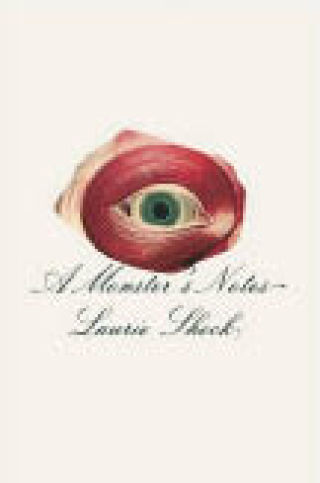eviewed
by Helen Sanders
The duality of monsters and what they represent to humanity has long been a subject of great fascination. Monsters appear in myth, fiction, art, and they must stand for a shadow of ourselves, creatures of our psyche that exist in the subterranean realm of our subconscious. The monster Grendel in the Beowulf epic, the dark creatures of vampires, beings that can shift their shape, and dragons. Some analysts posit that dragons represent humanity’s great dread and fear of dinosaurs. And then there is the creature Frankenstein, one of the greatest creations of the 19th century.
The book, “A Monster’s Notes”, written by Laurie Sheck, is an exploration of Mary Shelley’s involvement with her being Frankenstein and the letters and correspondence she left behind that illustrate her growing interest in this part of herself.
Most of the book is told from Frankenstein’s perspective, and is not what one would call an easy read, but Sheck uses her tools well, and the subject matter and how it is presented is very engrossing. The phrasing this writer uses is not smooth but it is rhythmic. What truly wins the reader over is the beautiful and finely wrought imagery Sheck uses in her descriptions and her symbolism and for this reader, that’s like finding a treasure chest of jewels.
The book recounts, through the monster’s voice, Shelley’s meeting of her husband, Percy Bysshe Shelley, and his sad drowning, as well as the births and deaths of many of Shelley’s children. The creature also recounts his relationship with both of his creators: Victor Frankenstein as well as Shelley, and the book opens with a poetic description of the monster’s despair at being abandoned in the frozen North.
The book is definitely genre-bending, and at its heart, it is a love story between the created and the creator and the bond they share.




